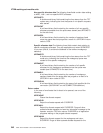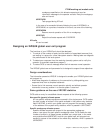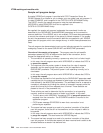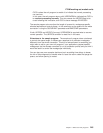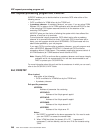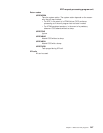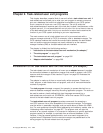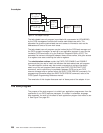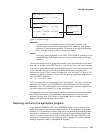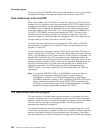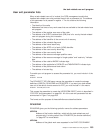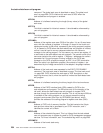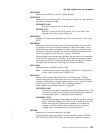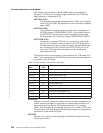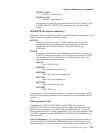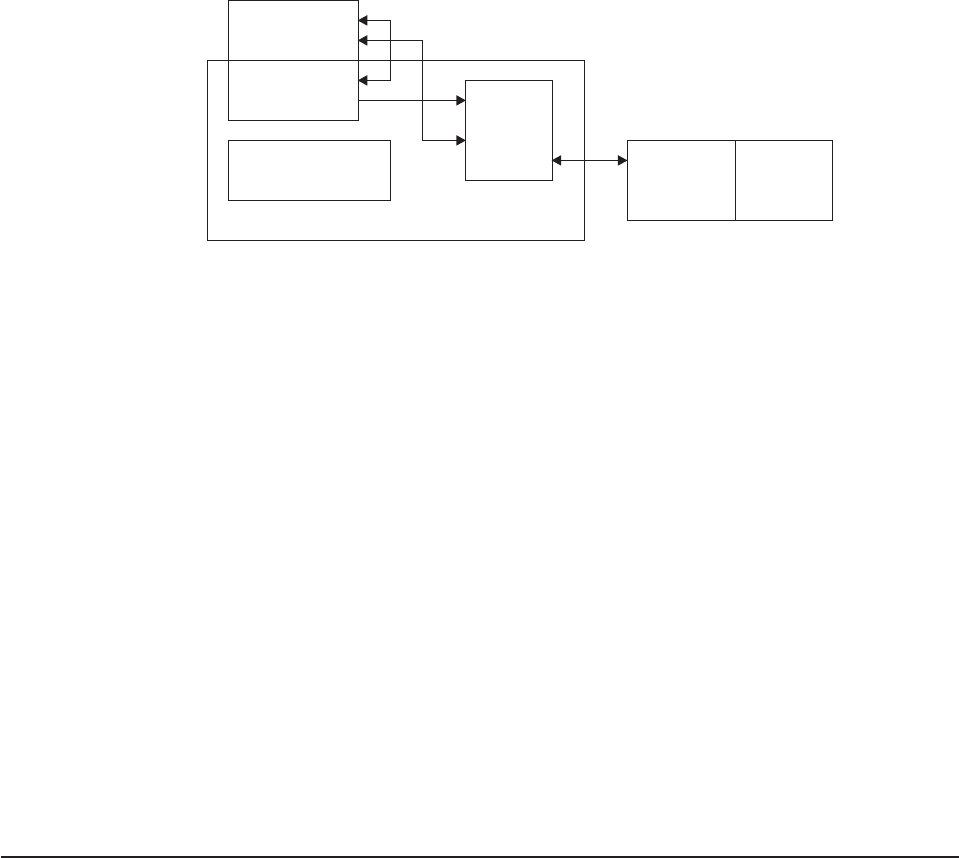
The task-related user exit program is provided with a parameter list (DFHUEPAR)
by the CICS management module that handles task-related user exits. This
parameter list gives the task-related user exit access to information such as the
addresses and sizes of its own work areas.
The task-related user exit program may be invoked by the CICS task manager and
the CICS syncpoint manager, as well as by an application program. It may also be
invoked at CICS termination or by the Execution Diagnostic Facility (EDF). The
parameter list serves to distinguish between these various callers, and gives access
to a register save area containing the caller’s registers.
The administration routines contain the EXEC CICS ENABLE and DISABLE
commands that you use to install and withdraw the task-related user exit program.
The administration routines may also contain commands to retrieve information
about one of the exit program’s work areas (the EXEC CICS EXTRACT EXIT
command), and to resolve any inconsistency between CICS and a non-CICS
resource manager after a system failure (the EXEC CICS RESYNC command). For
programming information about the EXEC CICS RESYNC command, refer to the
CICS System Programming Reference
manual.
The remainder of this chapter discusses each of these parts of the adapter in turn.
The stub program
The purpose of the stub program is to shield your application programmers from the
mechanics of non-CICS resource managers. It is written in assembler language.
After assembly, the stub is link-edited to each application program that wants to use
it. See Figure 5 on page 251.
Application
program
Stub
program Task-
related
user
Administration program Resource Non-CICS
routines manager resource
THE ADAPTER
Figure 4. The adapter concept
the adapter
250
CICS TS for OS/390: CICS Customization Guide



